

Arthritis is a disease that causes pain, swelling and stiffness in your joints. It can affect the largest and strongest joints in your body. It’s common in knees. Arthritis of the knee can be a serious, debilitating disease.
Although there is no cure for knee arthritis, there are steps you can take that might ease your symptoms and potentially slow the progression of your disease.
15 Millions
patients with Osteoarthritis in India today. 2% get operated.
60 Millions
by 2025, India - the global Osteoarthritis capital.

There are around 100 types of arthritis. The most common types that might affect your knees include:
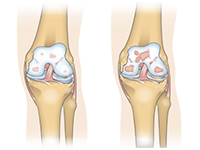
Osteoarthritis is the most common of the types on this list. Osteoarthritis wears away your cartilage — the cushioning between the three bones of your knee joint. Without that protection, your bones rub against each other. This can cause pain, stiffness and limited movement.
Post-traumatic arthritis is a type of osteoarthritis. The cartilage starts thinning after trauma to your knee (like an injury from a car crash or contact sport). Your bones rub together, and that causes the same symptoms as osteoarthritis.
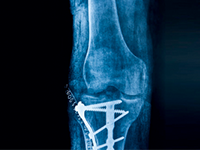
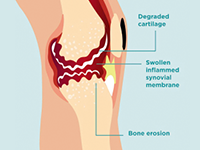
Rheumatoid arthritis is an autoimmune disease. If you have rheumatoid arthritis, you have an unhealthy immunesystem that triggers inflammation. The inflammation causes pain, stiffness and swelling.

The earlier knee arthritis is treated, the more likely knee pain can be relieved and the less likely it will get worse. Knee arthritis treatment may include nonsurgical treatments, injections, and surgery. Typically, nonsurgical treatments are tried first.

The goals of physical therapy for knee arthritis - Strengthening the muscles surrounding the knee as well as the buttocks and hip
When first-line treatments such as losing weight and physical therapy do not adequately relieve knee arthritis pain, a doctor may suggest therapeutic injections.
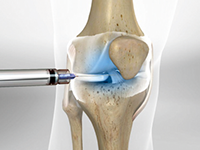
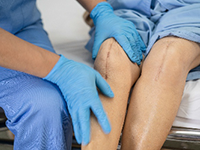
The most common surgery for knee arthritis is a total knee replacement. Other, less common surgeries include partial knee replacement and knee osteotomy surgery.